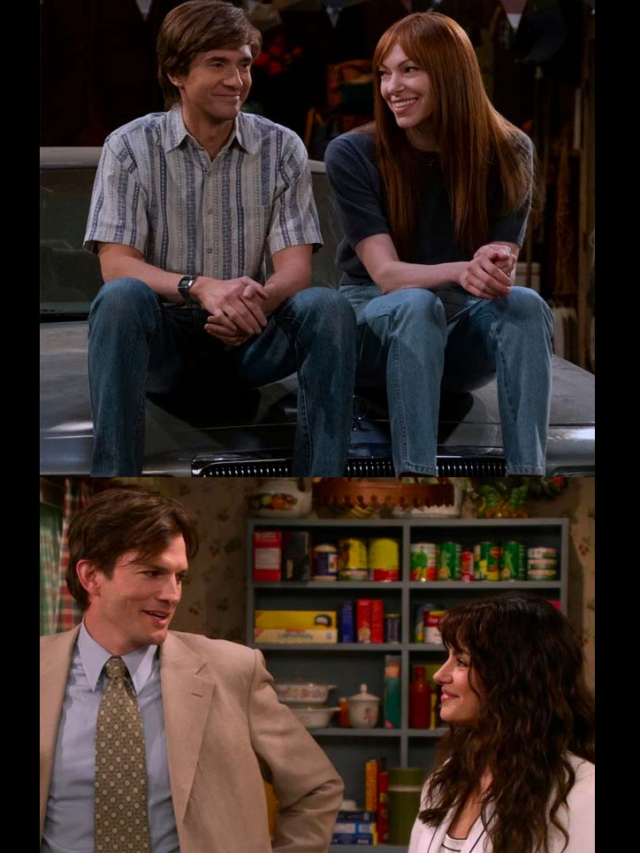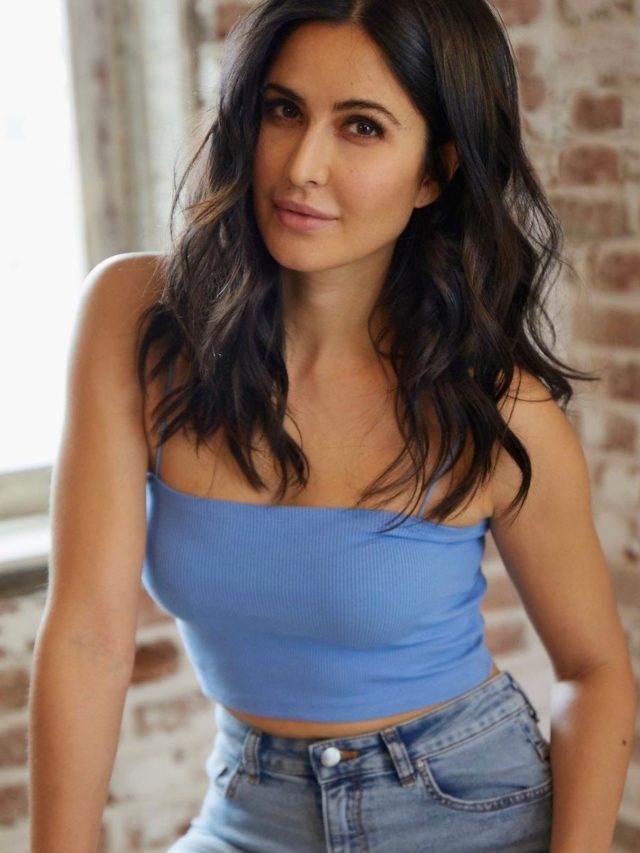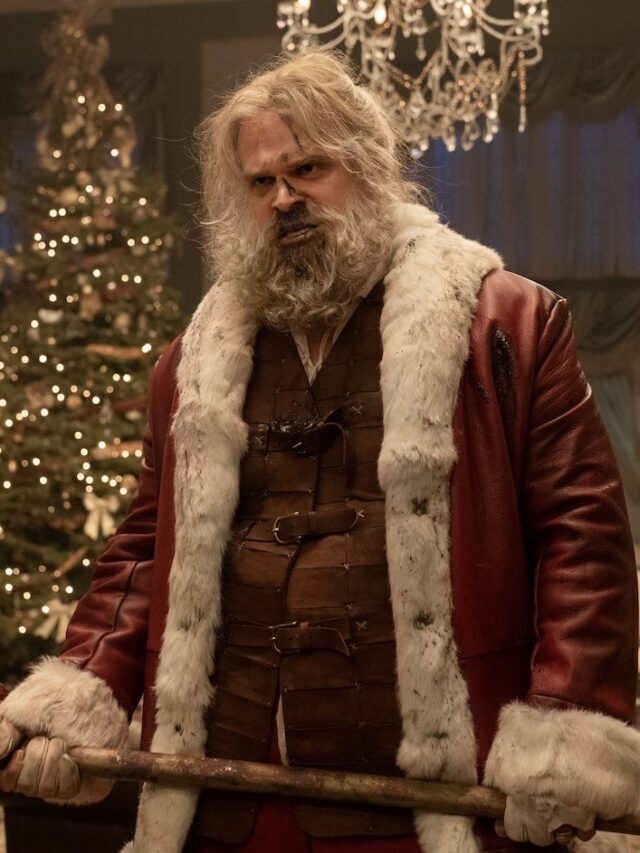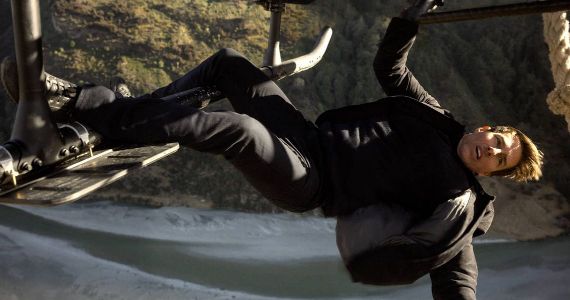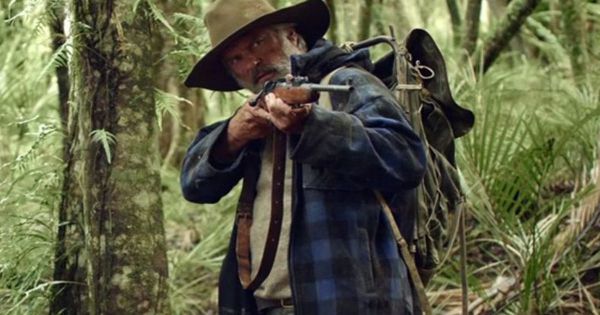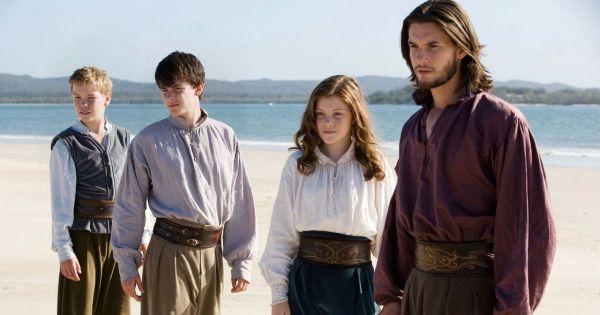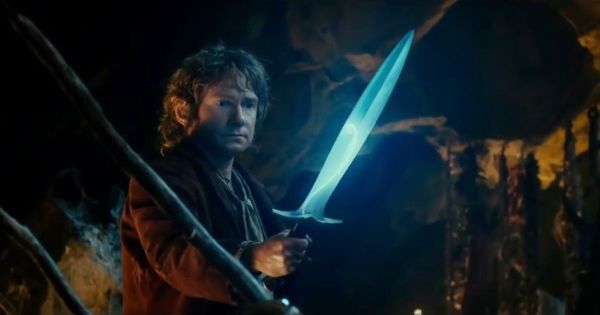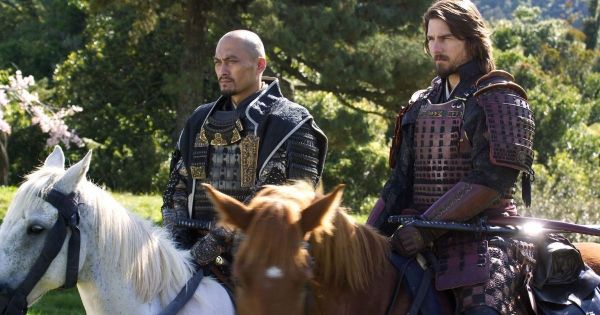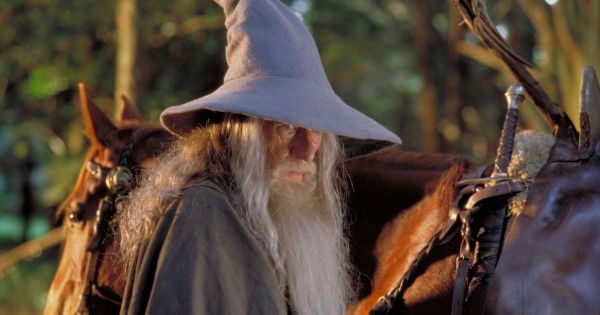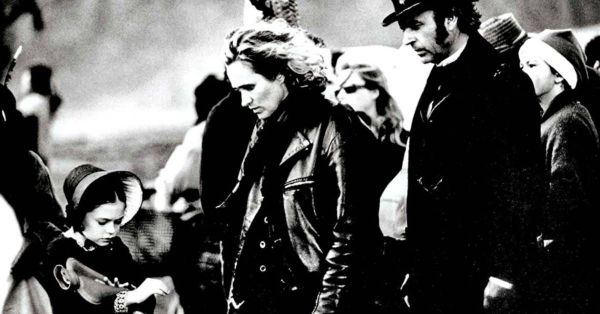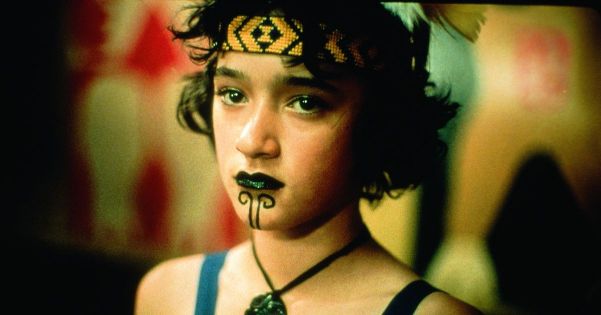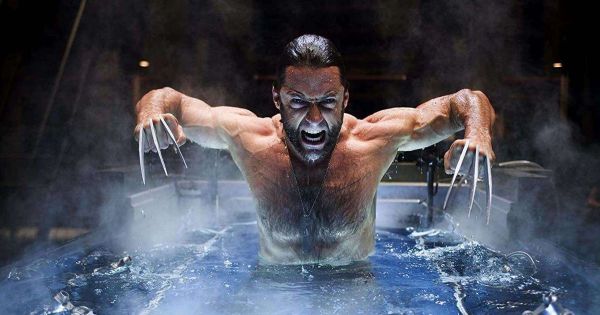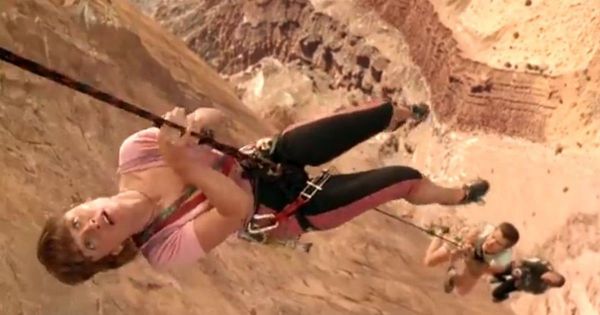There is nothing quite like New Zealand, with its glaciers on the South Island, rolling hills on the North Island, and snow-capped peaks. The dramatic and varied landscapes of New Zealand have long drawn tourists from around the world and made for the perfect backdrop for numerous films. The breathtaking scenery of the island is used in the majority of local films to create fascinating worlds that are only imaginable.
Even Hollywood was moved by the beautiful scenery when making great movies based on some well-known fantasy novels. Other filmmakers use the picturesque landscapes of New Zealand to express their own stories. No matter the genre, New Zealand provides filmmakers with the breathtaking scenery they need to produce the best works of cinema. These ten stunning movies were all filmed in New Zealand.
Table Of Content
- 1 Hunt for the Wilderpeople (2016)
- 2 Mission: Impossible – Fallout (2018)
- 3 The Chronicles of Narnia Trilogy (2005-2010)
- 4 The Hobbit Trilogy (2012-2014)
- 5 The Last Samurai (2003)
- 6 The Lord of the Rings Trilogy (2001-2003)
- 7 The Piano (1993)
- 8 Whale Rider (2002)
- 9 X-Men Origins: Wolverine (2009)
- 10 Vertical Limit (2000)
Hunt for the Wilderpeople (2016)
Taika Waititi is the director and writer of the New Zealand adventure comedy-drama film Hunt for the Wilderpeople. It is based on Barry Crump’s novel Wild Pork and Watercress. The narrative of juvenile delinquent Ricky Baker (Julian Dennison) and his “uncle” Hector (Sam Neill), who fled into the New Zealand bush after being the targets of a nationwide manhunt, is told in the movie. The majority of the film was shot in the Waitakere Ranges in New Zealand’s wilderness. The video also includes scenes from Tongariro National Park, whose rocky trails fill viewers with suspense. The production was boosted by the film’s breathtaking views, which featured New Zealand’s scenery. This helped the director’s career soar as a result. Hunt for the Wilderpeople has received positive reviews from critics; it now has a Rotten Tomatoes score of 7.9 out of 10.
Mission: Impossible – Fallout (2018)
American action spy film Mission: Impossible – Fallout was written and directed by Christopher McQuarrie. It is the sixth installment in the Mission: Impossible movie series and the follow-up to 2015’s Mission: Impossible – Rogue Nation. In the movie, bioterrorists plan to detonate three plutonium cores simultaneously to launch a nuclear attack on various cities. The Impossible Mission Force crew and Ethan Hunt (Tom Cruise) try to stop the bloodshed. Parts of this popular series were shot in New Zealand.
The stunning beauty of New Zealand was used in the movie. The beautiful South Alps were one of the scenes. In order to recreate Iraq, a jail-like structure was built as part of the set in the Nevis Valley. Additionally, Cromwell, Milford Sound, and Rees Valley were used for filming. The action scenes in the film have received favorable reviews from critics. The franchise’s best direction and writing are credited to McQuarrie.
The Chronicles of Narnia Trilogy (2005-2010)
The Lion, the Witch and the Wardrobe (2005), Prince Caspian (2008), and The Voyage of the Dawn Treader (2010) are three epic adventure movies in the C.S. Lewis book series called The Chronicles of Narnia. The first two films were directed by Andrew Adamson, and the third film was directed by Michael Apted. Four kids are followed in the Narnia universe as they go on an adventure to aid prince Caspian (Ben Barnes), who is attempting to reclaim his kingdom from King Miraz.
The majority of the first two movies were shot in New Zealand, where the breathtaking scenery served as the ideal setting for the Narnia-themed movies. The most famous location was Cathedral Cove on the Coromandel Peninsula; it was picked because of an arch that created the impression that the children were entering a tunnel before being called back to Narnia. Flockhill, Auckland, and Elephant rocks in the Waitaki Valley are more noteworthy locations. The third movie also featured some New Zealand-shot segments. The Bay of Islands, New Plymouth Coromandel, and Hawkes Bay are among the regions highlighted.
The Hobbit Trilogy (2012-2014)
The Desolation of Smaug (2012), An Unexpected Journey (2012), and The Battle of the Five Armies (2013) are the three films that make up The Hobbit trilogy. The Hobbit, written by J.R.R. Tolkien in 1937, was adapted for the screen by Peter Jackson. The films follow hobbit Bilbo Baggins (Martin Freeman), who is on a quest to rescue the Lonely Mountain from the dragon Smaug, in the mythical world of Middle-Earth. The 13 Dwarves and Gandalf the Grey (Ian McKellen) are standing next to him. The majority of the sequences were filmed in The Otago Region while the movies were being made in New Zealand.
The backdrop for Bilbo and his friends’ voyage and home was greatly influenced by the stunning scenery of New Zealand. Although Mount Ruapehu played host to many of the trilogy’s events, there were two important locales. The first is Hobbiton, an agricultural community close to the towns of Waikato and Matamata that was heavily featured in the first film. The second location is Pelorus Bridge Scenic Reserve, which was extensively featured in the second film.
The Last Samurai (2003)
Edward Zwick, who is most renowned for producing historical epics, co-produced and directed the epic period action drama film The Last Samurai. The movie centers on Captain Nathan Algren (Tom Cruise), who is recruited to serve in the Japanese army to fight the Samurai uprising. Algren, however, is taken prisoner by the Samurai, and he ultimately adopts their way of life. Although the movie was filmed in New Zealand, the epic moments were staged in Japan.
The majority of the forests and plains in the film were filmed in the Taranaki Region of New Zealand, while the traditional Japanese towns were filmed in Himeji and Kyoto in Japan and the studio in California. Due to its similarity, the stunning Mount Taranaki utilized to represent Mount Fuji is the scene that stood out. The background of the settlements was made up of the lovely forests in the vicinity.
The Lord of the Rings Trilogy (2001-2003)
The Fellowship of the Ring (2001), The Two Towers (2002), and The Return of the King (2003) make up the Lord of the Rings trilogy. The films, which were directed by Peter Jackson, are an adaptation of J. R. R. Tolkien’s book The Lord of the Rings. The epic trilogy follows the hobbit Frodo Baggins (Elijah Wood) as he battles the Dark Lord to destroy the One Ring in the mythical world of Middle Earth. The gorgeous landscapes of New Zealand were used to bring the mythical world of Middle-Earth to life during the production of the Lord of the Rings trilogy.
These stunning backdrops have solidified New Zealand’s standing as a top filming location. Rivendell, a haven for heroes and the spot where The Fellowship of the Ring swore to destroy the Ring, is one of the trilogy’s most important locales. The waterfall at Kaitoke Regional Park, Mount Ngauruhoe, and Mount Ruapehu are some further noteworthy locations.
The Piano (1993)
Jane Campion is the director and writer of the sensual historical drama film The Piano. It relates the tale of a mute Scottish woman and her daughter who, following her forced marriage to a frontiersman, journey to a desolate area of New Zealand. The movie was filmed in New Zealand because it is set on the country’s west coast. The best of Auckland is shown to the audience, including Piha and Karekare beach.
Although the movie can be unpleasant and has an ominous vibe, the filming locations are stunning. The piano-playing woman’s performance at KaraKara Beach may appear poetic, but it also conjures up images of sadness and hopelessness. The Bay of Islands is mentioned in the movie as well. Numerous prizes have been given to the movie, including an Oscar for Flora (Anna Paquin) for her part in it when she was just eleven years old.
Whale Rider (2002)
Niki Caro is the director and writer of the New Zealand drama film Whale Rider. It is based on Witi Ihimaera’s The Whale Rider, published in 1987. The movie tells a modern tale of rejection, love, and success. It centers on Keisha Castle-Hughes (Kahu Paikea Apirana), a 12-year-old Mori girl who aspires to lead her tribe but is told that only men are eligible for the position by her community. In the sleepy coastal town of Whangara in New Zealand, Whale Rider was filmed.
The scenery in the film included some of the North Island’s most breathtaking coastline, most notably Whangara on New Zealand’s east coast near Gisborne. The movie touched viewers’ hearts, was well received both in New Zealand and abroad, and took home several awards.
X-Men Origins: Wolverine (2009)
Logan (Hugh Jackman), a former mutant mercenary who now lives a calm life with his fiancée, is the main character in the American superhero movie X-Men Origins: Wolverine. However, a someone from his past kills his girlfriend, forcing him to exact revenge. The stunning Otago region of New Zealand’s South Island serves as the backdrop for the film.
Logan was depicted as residing in a cottage in the woods. His Cabin, which boasts a picturesque view of the Remarkables mountain range, was constructed atop Deer Park Heights. The setting was important to the story even if it wasn’t in the action scene. The movie has excellent camerawork, editing, and a gripping plot.
Vertical Limit (2000)
Martin Campbell is the director of the American survival thriller movie Vertical Limit. The thriller involves mountain climbing and mountain-falling. In the movie, Annie (Robin Tunney) and her team become stuck in a crevasse on top of K2, and her brother Peter Garret (Chris O’Donnell) must put together a team to save them before they perish. The majority of the movie was filmed in Queenstown and the Southern Alps of New Zealand, but it was also filmed in Pakistan, the United States, and New Zealand.
The highest mountain in New Zealand, Aoraki Mount Cook, is featured most prominently in the film. The movie, which depicts the breathtaking mountain, is skillfully made and has excellent acting. It is surely a beautiful movie with a breathtaking backdrop, despite the fact that critics gave it a mixed bag of opinions. With a 75 million dollar budget, the movie was also financially successful, earning 215.7 million dollars worldwide.
Our Team DCS includes 5 different writers proficient in English and research based Content Writing. We allow them and encourage them to follow the Entertainment news all day long. Our posts, listicles and even the exclusives are a result of their hard work.

